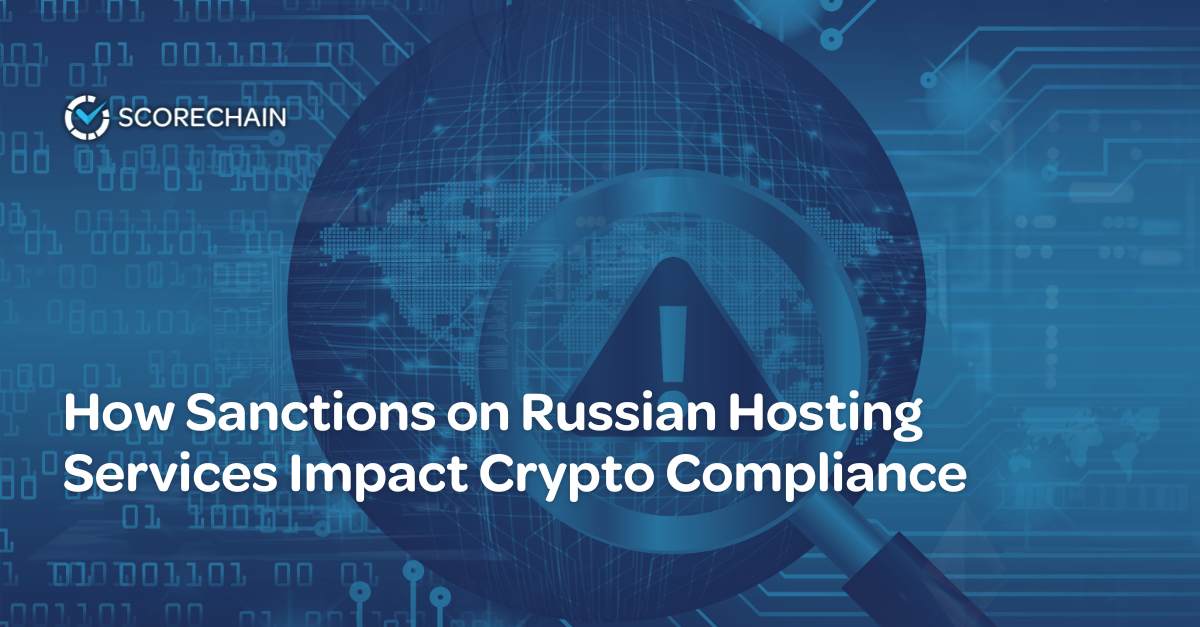XRP is one of the largest crypto assets by market capitalization. It has gained attention from financial institutions and investors for its potential to disrupt traditional banking systems. Here are 5 things you need to know about XRP.
1. What are Ripple and XRP Ledger?
Ripple, founded in 2012, is a digital payment network and protocol based on blockchain technology. The primary function of Ripple is to facilitate payment settlement, asset exchange, and remittance, much like the SWIFT system in the use of financial intermediaries across currencies. It operates using its own crypto asset, XRP.
XRP is running on the XRP Ledger (XRPL), a public decentralized blockchain supporting micropayments, decentralized finance (DeFi) applications and soon NFTs. However, XRPL does not rely on a proof-of-work (PoW) or proof-of-stake (PoS) consensus algorithm. Instead, it uses a consensus protocol to maintain a unique node list for users to select, helping to secure and efficiently validate transactions. Validators update their ledgers every three to five seconds to ensure transaction matching, which gives XRP an edge over other cryptocurrencies like Bitcoin.
2. What is XRP?
XRP is the cryptocurrency token by Ripple to move transactions from centralized financial institutions to more open infrastructure while reducing costs. With trustless, instant, and cost-effective transactions, XRP is popular for cross-border movements.
Most people use XRP for investment, exchange for other cryptocurrencies, or to finance transactions on the Ripple network.
3. XRP’s market cap
According to Coinmarketcap, XRP is currently the 6th largest cryptocurrency. As of March 2, 2023, the USDT market cap accounts for $19,290,773,908.

In 2018, XRP achieved an impressive milestone by experiencing a significant price increase, securing its position as the second most valuable cryptocurrency after Bitcoin. While subsequent market fluctuations caused a decline in the exchange rate and market capitalization, the resilience of XRP and its community proved strong, and efforts are being made to restore its growth and momentum in the crypto market.

Despite this setback, XRP has managed to regain its footing thanks to the bull market in 2021. However, it has not yet surpassed its previous all-time high ($3.84). And now the current price is at $0.379.
4. Improving cross-border transfers
According to Ripple, XRP is a digital asset that differs from other crypto assets like Bitcoin. Ripple designed its coin specifically for financial institutions and payment providers. Its purpose is to facilitate cross-border transactions by working with fiat currencies. RippleNet, Ripple's global payments network, is even as a competitor to SWIFT, the system most financial institutions use for international money transfers.
While financial institutions can use XRP for their money transfers through RippleNet, many partners avoid it due to its volatility. Nonetheless, XRP's clear use case as a tool for the transfer of value, its scalability, and its reliability make it an attractive option for enterprise use. The XRP Ledger is fast, scalable, and reliable, handling up to 1,500 transactions per second and able to scale to handle the same throughput as Visa.
5. The Ripple and regulation: SEC vs. Ripple
The US Securities and Exchange Commission (SEC) filed a lawsuit against Ripple Labs, creator of the XRP token, in December 2020, alleging violations of the Securities Act of 1933. The crux of the dispute is whether XRP can be considered an investment contract. Therefore, a security under the Securities Act. A decision by the court on the competing motions is expected soon, and the implications of such a decision could have widespread effects on future SEC litigation.
The outcome of the SEC lawsuit against Ripple will be critical in determining the future price movement of XRP. A favorable ruling that classifies XRP as a non-security and frees it from strict SEC regulations could potentially turn things around for the cryptocurrency. That sets a precedent for treating other cryptocurrencies in the market.
Did you know that Scorechain Analytics supports the XRP Ledger for transaction monitoring and AML checks? We help companies facilitate their compliance process by implementing strong crypto AML processes, such as:
- Monitoring of crypto transactions against red flags and illicit activities;
- Origin and destination of funds assessment;
- Sanction screening;
- Record-keeping, suspicious activity reporting, and due diligence.
About Scorechain
Scorechain provides blockchain analytics and a transaction monitoring platform for crypto assets. As a leader in crypto compliance, the Luxembourgish company has helped over 200 customers in 45 countries since 2015, ranging from cryptocurrency businesses to financial institutions with crypto trading, custody branch, digital assets, customers onboarding, audit and law firms, and some LEAs.
Scorechain’s platform supports 23 blockchains and over 10,000 crypto assets. It can de-anonymize blockchain data and connect with sanction lists to provide risk scoring on crypto assets, transactions, addresses, and entities. The risk assessment methodology applied by Scorechain has been verified and can be fully customizable to fit all jurisdictions. 300+ risk-AML scenarios are provided to customers with a wide range of risk indicators so businesses. The platform is under the scope of the crypto regulation can report suspicious activity to authorities with enhanced due diligence.
.png)



















